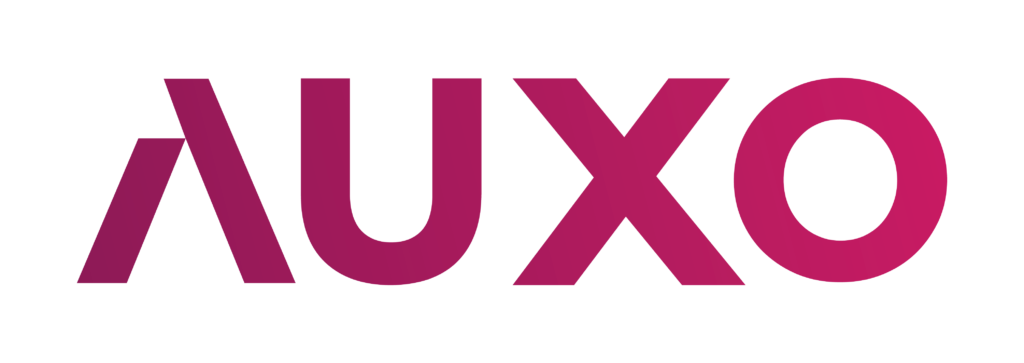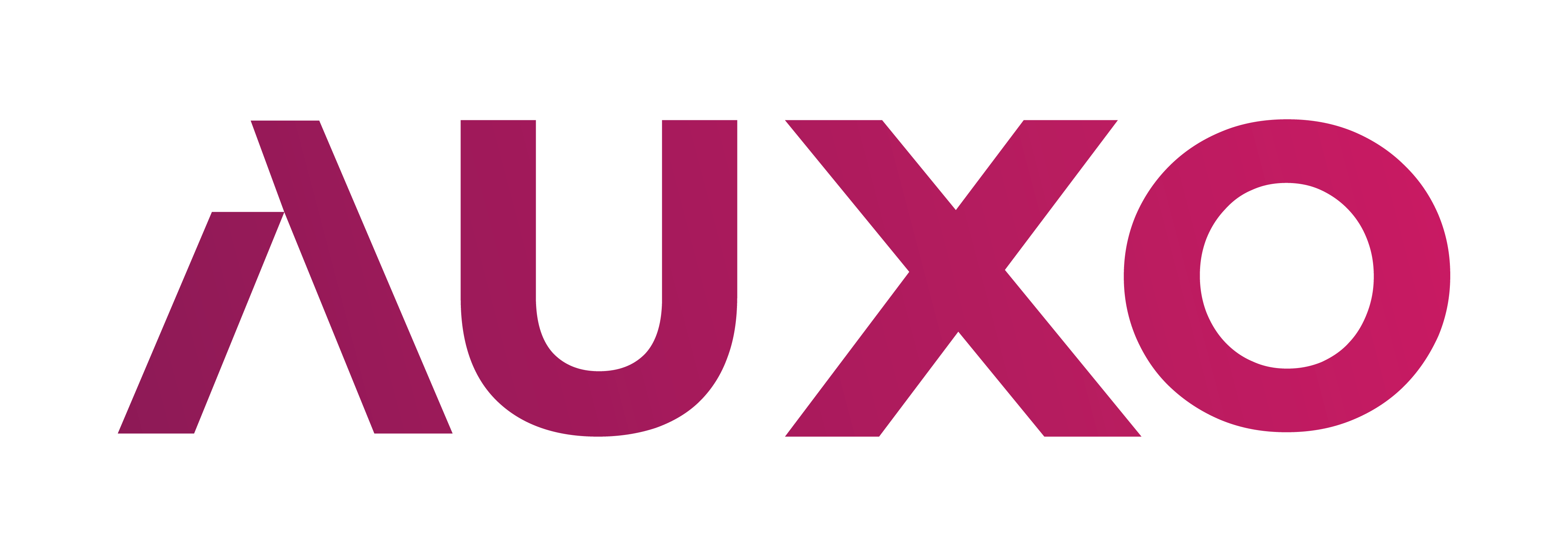You've perfected your ads, but they’re still not converting. The problem may not be your ads—it’s likely what happens after the click that’s making all the difference. In this guide, we’ll walk through the must-have elements of a post-click experience that turns traffic into real leads. Here’s how to ensure your landing pages deliver a seamless, conversion-focused experience.
Step 1: Ensure a Consistent Experience
Consistency between your ad and landing page is crucial. The message, tone, and design of your landing page should match the ad that users clicked on, especially if you’re promoting a specific offer.Why Consistency Matters
Imagine clicking an ad for 50% off a service, only to land on a page where that offer is missing or the design feels different. This disconnect creates distrust, which quickly drives people away. Trust is essential in converting visitors, so any mismatch between your ad and landing page can make users leave immediately. Key Tip: Ensure the headline, visuals, and offers on your landing page align with your ad. Consistency reassures users that they’re in the right place, increasing their likelihood of moving forward.Step 2: Speed Up Your Page Load Time
Page speed is a significant factor in user retention. A slow-loading landing page can cause potential customers to leave before even seeing your offer. Why Speed Matters A one-second delay in load time can result in a 7% drop in conversions. If your page is taking several seconds to load, you’re likely losing a large portion of visitors. Practical Tips for Speed Optimization:- Compress Images: Large image files often cause slow load times. Use tools like TinyPNG to reduce file size without sacrificing quality.
- Minimise Scripts: Unnecessary JavaScript or tracking pixels can slow down your page. Remove anything that doesn’t directly support the conversion.
- Use Reliable Hosting: Invest in fast, high-quality hosting to keep your site performing well.
Step 3: Craft a Clear, Compelling Call to Action (CTA)
Your CTA is the final step that prompts visitors to take action. It should be simple, action-oriented, and visually stand out on the page. What Makes a Good CTA? A clear and compelling CTA stands out visually and communicates the next step clearly. Instead of using a generic “Submit” button, be more specific, like “Get My Free Quote” or “Sign Up for the Webinar.” Where to Place Your CTA Make sure your CTA is visible above the fold, so users don’t have to scroll to find it. For longer pages, include another CTA further down to capture users who need more information before taking action. Key Tip: Avoid cluttering the page with multiple CTAs, as too many choices can overwhelm users. A single, focused CTA drives better results.Step 4: Simplify the User Journey
When someone clicks your ad, they expect a simple, seamless experience. Complicated processes or too many steps will turn users away. Practical Tips for Simplifying:- Reduce Form Fields: Only ask for essential information. Reducing form fields from 11 to 4 can increase conversions by up to 120%.
- Streamline Navigation: Avoid distracting links, sidebars, or extra options. Each element should guide users toward the desired action.
Step 5: Optimise for Mobile
With over half of online traffic coming from mobile, a seamless mobile experience is essential. A landing page that isn’t optimised for mobile will alienate a significant portion of your audience. Mobile Optimization Tips:- Responsive Design: Ensure your page adjusts to fit any screen size, whether on a smartphone or tablet.
- Fast Mobile Load Times: Mobile users are especially impatient, so your page should load as quickly on mobile as on desktop.
- Tap-Friendly Buttons: Make sure CTAs are large and easy to tap on mobile screens.
Step 6: Use Social Proof and Trust Signals
Trust is a powerful factor in the decision-making process. Social proof, such as customer testimonials, ratings, or trust badges, reassures potential customers that they’re making a safe choice. What is Social Proof? Social proof can be customer reviews, testimonials, star ratings, or security badges that show other people have had positive experiences with your service. It builds credibility and increases users’ confidence in their decision. Key Tip: Include relevant testimonials, user-generated content, or security badges on your landing page to boost trust and reassure visitors.Step 7: Leverage Heatmaps with Tools like Hotjar
Understanding how users interact with your landing page is invaluable for optimisation. Heatmap tools like Hotjar offer insights into where users are engaging, scrolling, and dropping off, helping you refine your page layout and content. Why Use Heatmaps? Heatmaps provide a visual overview of what parts of your page are attracting the most attention. You can see if users are clicking your CTA, engaging with specific sections, or abandoning the page early. Key Tip: Use insights from Hotjar to make data-driven improvements. For example, if users aren’t reaching your CTA, consider moving it higher up or simplifying the page layout.Step 8: Test, Measure, and Optimise
No landing page is perfect from the start, which is why A/B testing is crucial. Continuously test elements like headlines, CTAs, page layout, and colours to identify what drives the best results. What to Measure:- Bounce Rate: High bounce rates indicate users are leaving without engaging, which may signal a problem with load speed, content, or design.
- Conversion Rate: Measure how many users are completing the desired action after clicking your ad.
- Engagement Rate: Track user interactions and drop-off points to see where they’re losing interest.





